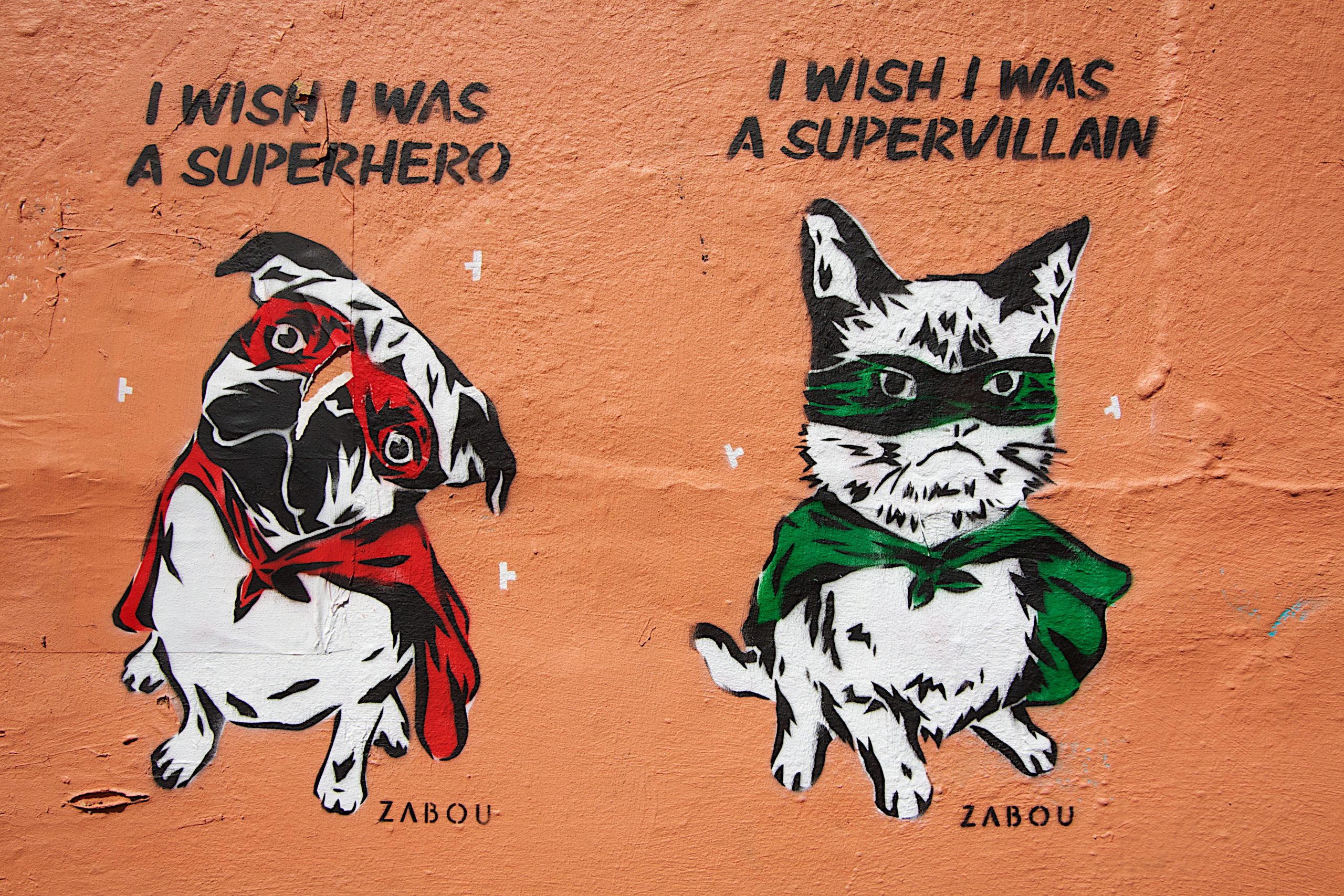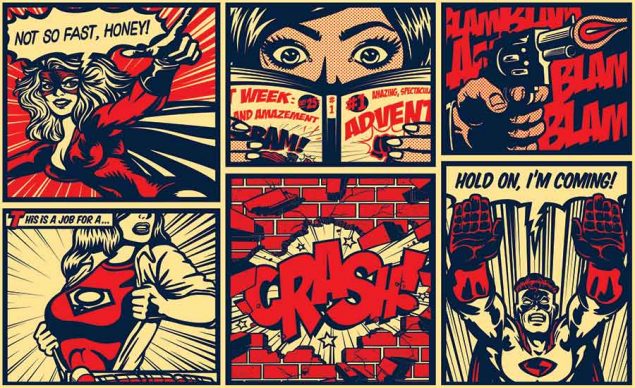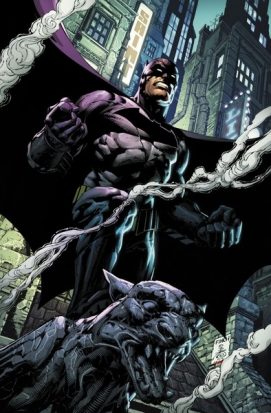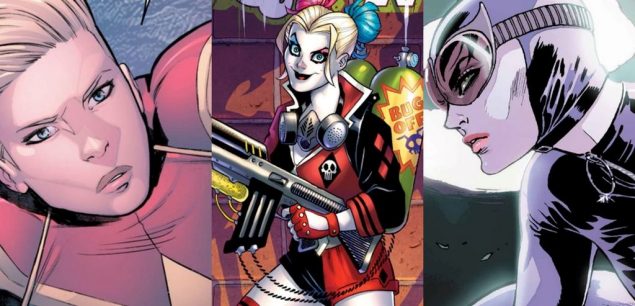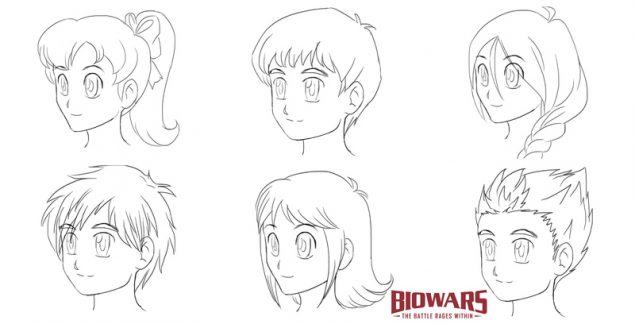Related Resources
How do you get to be a supervillain? The answer’s not as obvious as you might think.
People have been using the word long before modern comic books came along—Life magazine actually used it in 1911. (They called a British aristocrat a “maniac in the making, and all around super-villain and arch fiend.”)
So if you’re extremely villainous, and you have superpowers and a role in a comic, a film, or TV show, do you qualify? Maybe. All those characteristics are up for debate.
To start with, how villainous does a supervillain have to be? Magneto began his career as an enemy of the X-Men, sometimes joining them to face other adversaries, but continuing to present a threat to non-mutant Earth. And a lot of his actions are explained by philosophical differences about the role of mutants—not to mention his tragic past. Does he count if he’s only mostly villainous?
Even the superhuman powers requirement is dubious. Lex Luthor is high on most people’s supervillain lists, but his mind has always been his weapon—he’s extremely rich and incredibly smart, but is he superhumanly rich and smart, futuristic technology aside?
And is it enough to have superpowers if you’re in a universe where those powers are relatively common—where there are wizards, or Jedi, all of whom can do basically the same cool stuff?
Then there are a whole host of other issues. Most supervillains have a plan to dominate or enslave a city, humanity, or a whole planet. A supervillain arguably needs an evil scheme, like Thanos, who killed off half of life on Earth. And they might need to be their own boss, too. Depending on who you ask, Darth Vader is either one of the most awesome supervillains of all time, or a guy in a helmet punching a clock.
Finally, can you have a supervillain without a superhero? A lot of people don’t think Harry Potter is a superhero, but seem much more comfortable with the idea Voldemort is a supervillain.
It’s often said that a superhero needs a supervillain. But that’s not exactly true. There were stretches of the 1960s where Superman often did without supervillains. On TV, Smallville got away without supervillains in its early seasons. But there is a reason supervillains keep turning up in comics. Without villains powerful enough to take the fight to heroes—and the intelligence to get under the heroes’ skin—heroes win without enough tension, or worse, get bored and start taking over.
What do you think makes a villain a supervillain? Biowars has a few supervillain candidates so far—the evil bacterium Raze, the insidious Viron, the e-Coli turned vengeful killer Tenzor, and the mutant messenger cell Carcin—are any of them supervillains? Or do they have supervillain potential?

